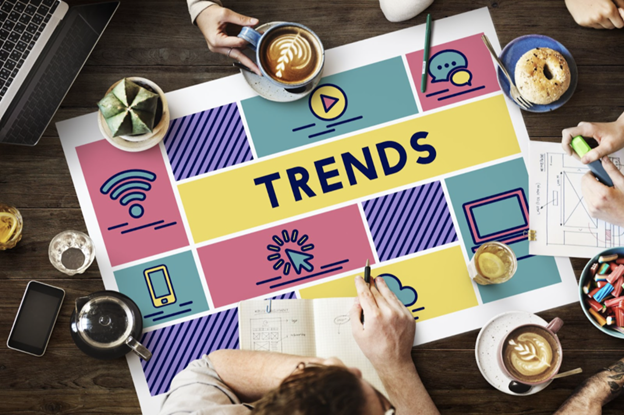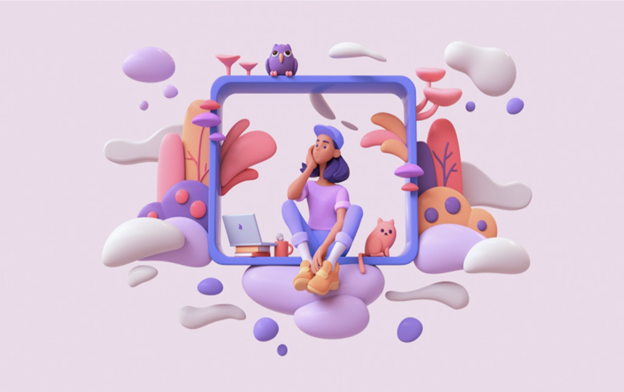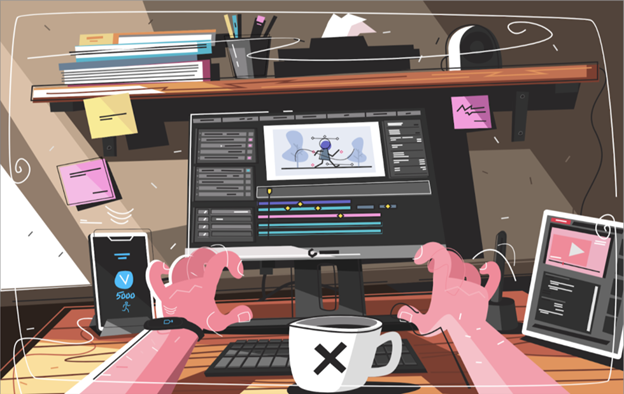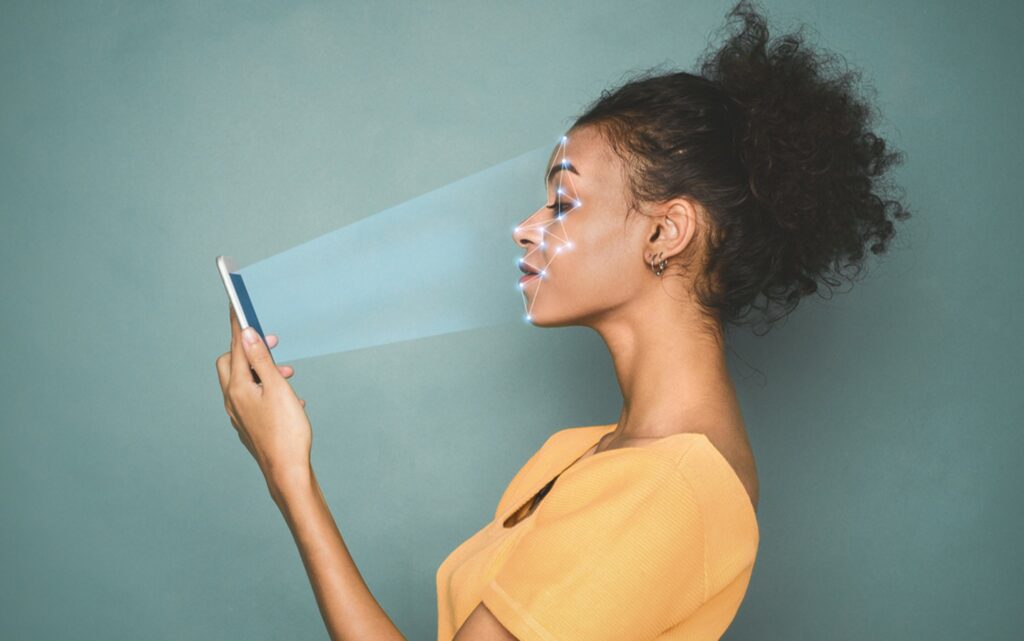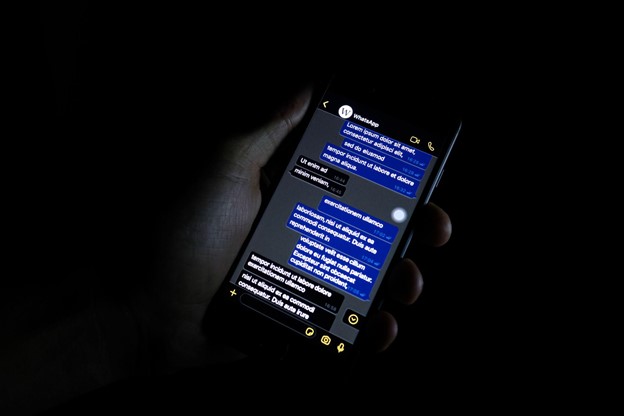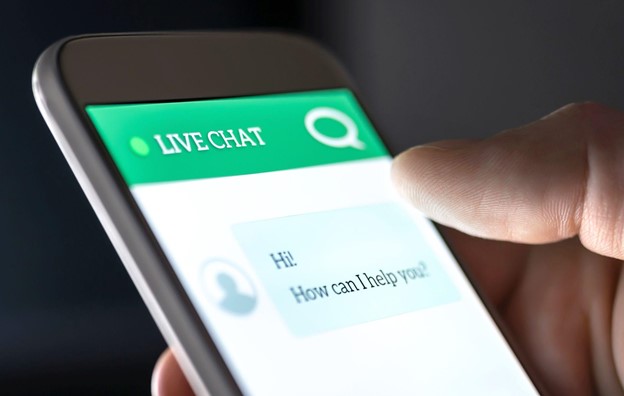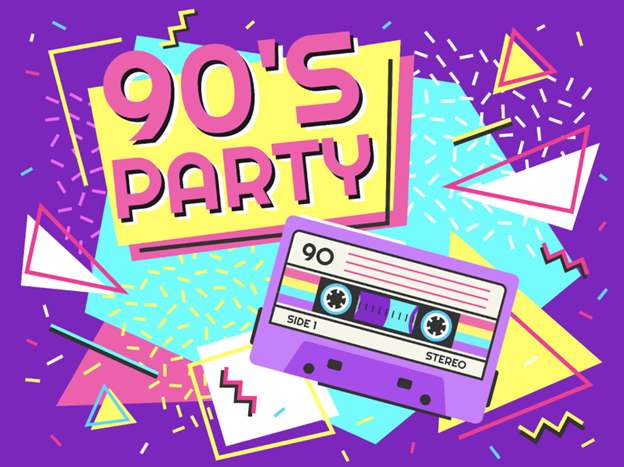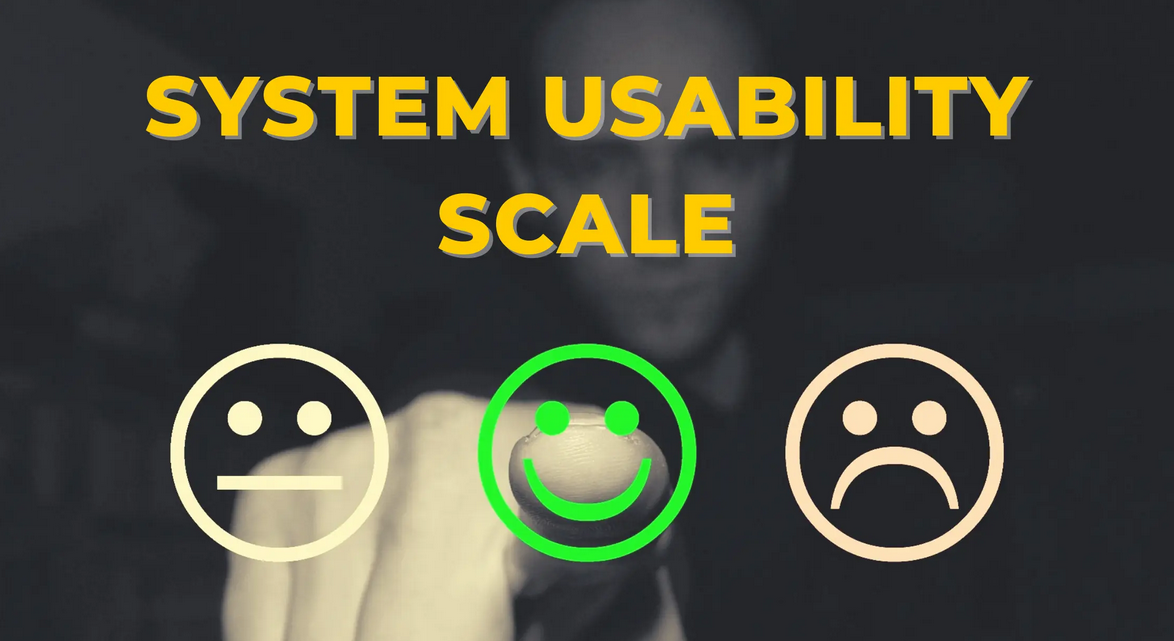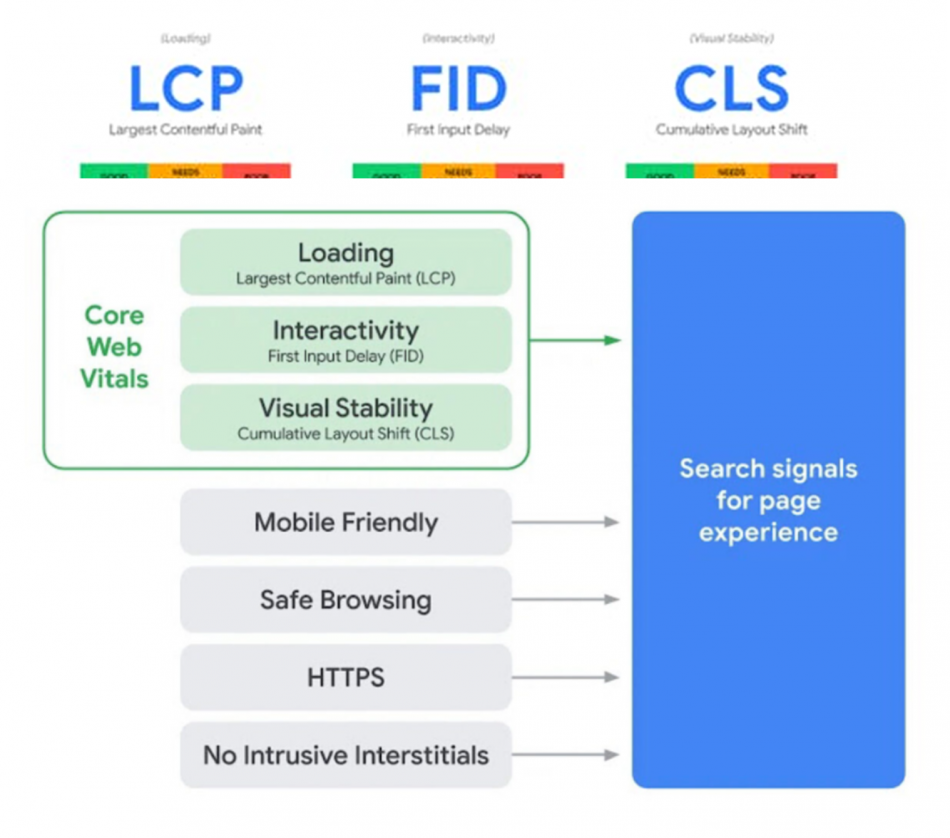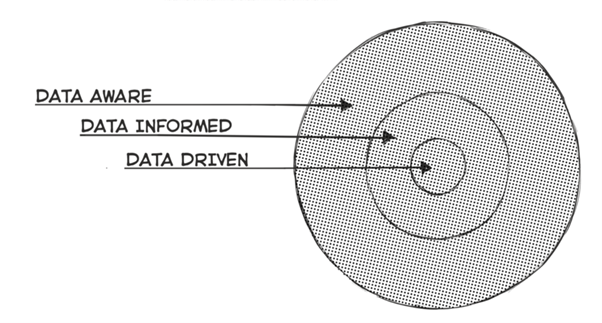The use of apps is exploding, with the most recent boost in popularity coming from COVID restrictions over the last year and a half that forced even the most reluctant consumers and business buyers to shop and manage their affairs online.
In 2022, app design will evolve as user preferences and technology continue to change rapidly. Furthermore, knowing the nature of your audience as precisely as possible will be more important than ever in the coming year. Are you dealing with the reluctant app users just described, savvy digital natives, or something in between?
For this new year, here are 15 important design trends to consider as you create new apps and refresh designs on existing ones.
1. 3D Elements
Because they are so prevalent in app design, two-dimensional graphics are not quite as effective as they used to be in capturing user attention and deepening engagement. Immersion, a common theme in 2022 app design, can be accomplished using three-dimensional design elements. Also important in the coming year will be page loading speed (covered below), requiring designers to create 3D images that are both captivating to the eye and formatted for fast loading.
2. Abstract, Geometric Art
The use of abstract imagery and geometric shapes is catching on as a relatively easy way to stand out from the crowd. This is an effective alternative to photos for brands operating on tight budgets or lacking the resources for high-quality photographic production. The design challenge is to balance intricate images while still keeping the overall page design simple — simplicity being another major design theme for 2022
3. Animation
Animation grabs attention and holds it. Simple animation is already common in app design, but in 2022, look for more granular and creative use of animation, particularly in conjunction with illustrations and icons. Adding subtle animation to these two design elements greatly improves user experience (UX), but as with 3D design elements, animation must be programmed for speedy loading.
4. Creative Data Visualization
Text-heavy presentations of data in lists and tables easily frustrate users and reduce comprehension of even simple information and analysis. By presenting data creatively and allowing users to see the trend rather than read about it, UX gets a large boost — not only from better communication but also from simpler, cleaner page design.
5. AR and VR
Among the most rapidly evolving digital technologies are AR (augmented reality) and VR (virtual reality), not only for apps supporting recreational devices, but also in 2022 for business applications such as virtual events and virtual training as well. Besides the inherent user attraction to AR and VR user interfaces (UI), these technologies promise to gain traction as COVID restrictions and tight travel budgets put pressure on B2Bs and B2Cs to expand virtual events. The immersive qualities of AR and VR add a level of realism and engagement far beyond today’s norm for app design.
6. Creative Swiping
Swiping is a simple, subtle and ever-present way users interact with an app. Giving the swiping function a little more design flair, while a relatively minor design flourish, creates an overall effect that makes an app stand out from the crowd, and introduces or boosts the entertainment factor of the app as well.
analyzing customer service interactions.
7. Face ID
Face ID functionality will expand in app design in 2022 for two very important reasons. First, users are growing tired of passwords. Entering them, storing them, securing them, updating them — these are not easy tasks for people trying to manage scores or even hundreds of passwords. Second, Face ID provides heightened data security over passwords in addition to the convenience it offers. Touch ID, an older technology, is also an improvement over password access, but Face ID will separate your app from the crowd by being even more user-friendly.
8. Accessibility
Accessibility for the widest possible range of users gained lots of traction in 2021 and will continue to grow in importance. In addition to societal factors adding momentum to accessible design, lawsuits involving digital accessibility are on the rise. Thus, accessibility will be prioritized in more verticals in the coming year. Using contrasting colors, giving users control over text size, captioning videos, providing alternate descriptions for images, and other techniques are among the ways designers can improve existing apps and create new ones with the greatest possible usability.
9. Dark Mode
Offering a dark mode option soared in popularity this year because it addresses several important issues. First, dark mode is easier on the eyes and enhances one’s ability to sleep after finally putting down the mobile phone. Second, dark mode addresses accessibility issues for users with vision impairments. Third, a dark mode option is an easy and yet very important way to give users something they dearly want in any app — control. Dark mode design should be moved toward the top of the design priority list in 2022 if it isn’t there already.
10. Gradients, Shadows
Look for greater use of gradients and shadow effects in 2022. These simple but underused UI design techniques add a 3D quality to content that serves to better capture and hold user attention, especially when used for background effects.
11. Chatbots
In 2021, the use of chatbots — and conversational design in general — gained a great deal of traction. Use of chatbots will continue to grow in 2022 as users become more familiar with them and recognize the convenience, speed, and efficiency they provide. Chatbots also serve organizational needs by freeing up customer service personnel to work on complex issues, streamlining communication, and better monitoring and
12. Unusual Angles
Another simple way to bring a unique and engaging feel to your app is by using unusual angles in the layout to separate or frame content elements. Like creative swiping, playing with angles is a cost-effective way to heighten design without compromising budgets or slowing down page loading.
13. Retro Design
Nostalgia is back! In particular, retro designs that arouse memories of the ‘90s will be popular in the coming year, as millennials gain buying power both as consumers and as business buyers and influencers. Be careful, though. Before you transform your futuristic design or design concept into Beverly Hills 90210, be sure you know your audience!
14. Page Load Speed
Few things infuriate users as much as slow-loading digital content. As we’ve been discussing throughout this article, striking the balance between engaging, immersive design and loading speed is a design challenge certain to grow more intense in 2022. Designers need to work more closely than ever with developers to make sure that design elements are optimally formatted.
15. Simplification
The push for simplification will certainly grow in importance next year as users continue to suffer from information overload and ever-shortening attention spans. Appealing page designs with plenty of white space make UX more inviting and enable users to more quickly get to the information and interactive features they desire.
2022 Is A New Opportunity
Reviewing design options for 2022 should involve close collaboration with the development, sales, and marketing teams. Developers will help you understand the possibilities technology offers and the tradeoffs that may occur if you leverage them. Sales and marketing personnel offer valuable input for understanding the audience — who they are and how digitally savvy they are, as well as other characteristics that come into play in high-level design concepts and the details of execution.
For more information on app design, check out Loop11’s article, ‘Complete Tutorial On Mobile App Designing For UI/UX Designers’. The article provides a comprehensive guide to the terms, principles, and practices that make up the app design process.
![]() Give feedback about this article
Give feedback about this article
Were sorry to hear about that, give us a chance to improve.




